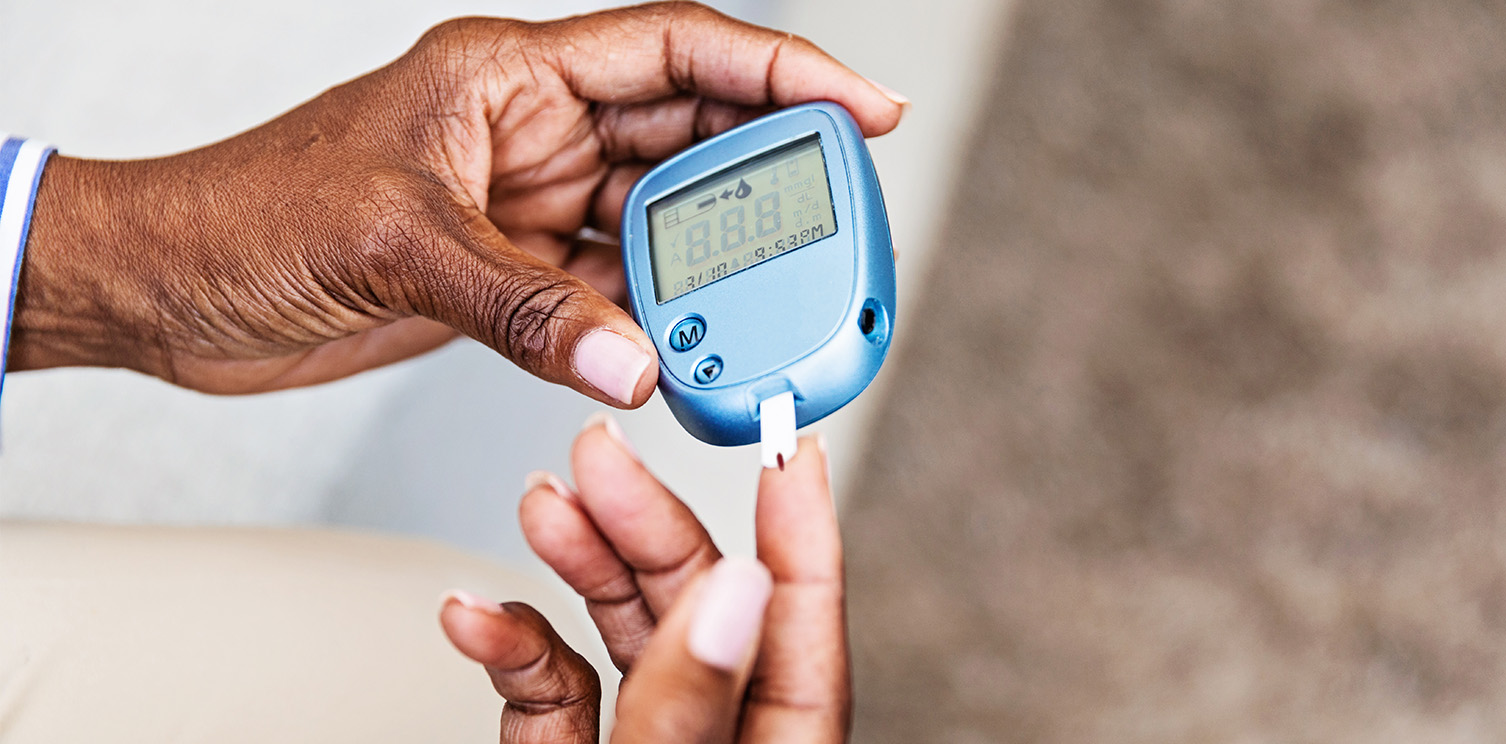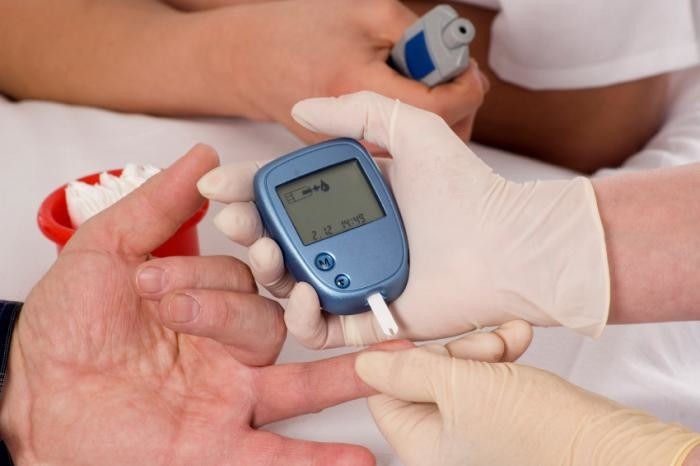Diabetes is a chronic condition that affects how your body processes glucose, a vital source of energy for cells, particularly those in your brain and muscles. There are several types of diabetes, including type 1, type 2, gestational diabetes, and prediabetes. If left undiagnosed or untreated, diabetes can result in long-term complications affecting various parts of the body. According to the Centers for Disease Control and Prevention (CDC), millions of people are living with undiagnosed diabetes, which can silently progress and impact overall health.
Recognizing early warning signs is essential for timely diagnosis and effective treatment. Below is a comprehensive, evidence-based overview of potential symptoms that may suggest undiagnosed diabetes.

1. Frequent Urination (Polyuria)
Frequent urination, especially at night, may indicate high blood sugar levels. When glucose builds up in the blood, the kidneys work harder to filter and eliminate the excess through urine. The American Diabetes Association (ADA) notes that persistent urination is a hallmark symptom, particularly if it’s accompanied by unusual thirst or fatigue.
2. Excessive Thirst (Polydipsia)
As your kidneys flush out more fluid to expel excess glucose, your body becomes dehydrated. This triggers an unquenchable thirst. Even drinking large amounts of water may not relieve the sensation, a sign that your body is attempting to restore hydration. Persistent thirst paired with frequent urination should be evaluated by a healthcare provider.
3. Unexplained Weight Loss
Despite normal or increased food intake, individuals with undiagnosed diabetes—especially type 1 diabetes—can lose weight rapidly. When the body cannot access glucose for energy due to a lack of insulin, it begins breaking down muscle and fat. Sudden weight loss without changes in diet or exercise habits should prompt medical attention.
4. Fatigue and Low Energy
Fatigue is a commonly reported symptom. High blood glucose can hinder cells from receiving the energy they need. Dehydration due to frequent urination also contributes to persistent tiredness. The National Institute of Diabetes and Digestive and Kidney Diseases (NIDDK) lists fatigue as one of the early indicators of both type 1 and type 2 diabetes.
5. Blurry Vision
High blood sugar levels can cause swelling in the lens of the eye, leading to temporary blurry vision. Over time, persistent elevated glucose may damage blood vessels in the retina, increasing the risk of diabetic retinopathy, a leading cause of vision loss among adults. The National Eye Institute recommends annual eye exams for individuals at risk.
6. Slow-Healing Wounds
Diabetes can impair blood circulation and weaken the immune system, making it harder for the body to heal cuts or sores. According to the Mayo Clinic, poor wound healing can be a complication of prolonged elevated glucose levels and may increase the risk of skin infections.
7. Dark Patches of Skin (Acanthosis Nigricans)
This condition results in dark, velvety patches of skin, typically around the neck, armpits, or groin. It is often associated with insulin resistance and can be an early indicator of prediabetes. This symptom is more common among individuals with type 2 diabetes and should be evaluated during routine physical exams.
8. Tingling or Numbness in Hands and Feet
This sensation, known as diabetic neuropathy, occurs due to prolonged high blood sugar levels damaging peripheral nerves. The ADA states that early detection and proper glucose management can slow the progression of nerve damage.
9. Persistent Hunger
Even after eating, you may feel hungry if your body’s insulin isn’t working effectively. This inability to process glucose leads to cellular starvation, triggering excessive hunger, also referred to as polyphagia. It’s a recognized early sign of both type 1 and type 2 diabetes.
10. Dry Mouth and Skin
High blood sugar can lead to decreased saliva production and dry skin, increasing susceptibility to infections and irritation. The Cleveland Clinic notes that dry mouth in diabetes may also contribute to dental issues such as gum disease and cavities.
11. Itchy Skin
Poor circulation and dehydration can cause the skin to become dry and itchy. In some cases, itching may be caused by fungal infections, which are more common in individuals with elevated glucose levels. Using moisturizers and maintaining optimal blood sugar levels can help manage this symptom.
12. Fruity Breath Odor
A distinctive fruity or nail-polish-like breath odor can be a sign of diabetic ketoacidosis (DKA), a serious complication more common in type 1 diabetes. It results from the body breaking down fat for energy, producing ketones. If untreated, DKA can be life-threatening and requires immediate medical care.
13. Sexual Dysfunction
High blood sugar can damage nerves and affect blood flow, contributing to sexual dysfunction in both men and women. For men, this may include difficulty achieving or maintaining an erection, while women may experience reduced arousal or vaginal dryness. The National Institute on Aging acknowledges this as a potential diabetic complication.
14. Frequent Infections
People with diabetes may be more susceptible to urinary tract infections (UTIs), skin infections, and yeast infections due to compromised immunity and elevated sugar levels, which create an ideal environment for microbial growth. Prompt treatment and blood glucose management are essential to prevent recurring infections.
15. Dizziness or Lightheadedness
Dizziness can result from either high or low blood sugar levels. When glucose drops too low, the brain may not receive adequate fuel, causing confusion and imbalance. On the other hand, high glucose levels can lead to dehydration, reducing blood pressure and leading to dizziness. Regular glucose monitoring helps identify patterns and triggers.
16. Leg Pain or Cramping
Peripheral neuropathy can also cause aching, cramping, or burning sensations in the legs, particularly during the night. The National Institute of Neurological Disorders and Stroke (NINDS) advises early intervention to manage discomfort and prevent complications such as foot ulcers or mobility issues.
Monitoring and Diagnosis
According to the CDC, diabetes can be diagnosed using a simple blood test such as the A1C, fasting blood glucose, or oral glucose tolerance test (OGTT). If you notice any of the symptoms outlined above, consult a healthcare provider to determine if testing is necessary.
Conclusion
Diabetes is a manageable condition, but early detection is key to preventing long-term complications. Understanding the common—and sometimes subtle—signs can empower individuals to seek care promptly. If you’re experiencing multiple symptoms on this list, particularly if you have a family history of diabetes or other risk factors such as obesity, high cholesterol, or high blood pressure, schedule a screening with your physician.
Effective diabetes management through lifestyle changes, medication, and regular monitoring can lead to improved quality of life and reduced risk of complications. By staying informed and proactive, you can take the necessary steps to protect your long-term health.
Sources:
-
Centers for Disease Control and Prevention (CDC)
-
American Diabetes Association (ADA)
-
National Institute of Diabetes and Digestive and Kidney Diseases (NIDDK)
-
Mayo Clinic
-
National Eye Institute
-
Cleveland Clinic
-
National Institute of Neurological Disorders and Stroke (NINDS)
-
National Institute on Aging

